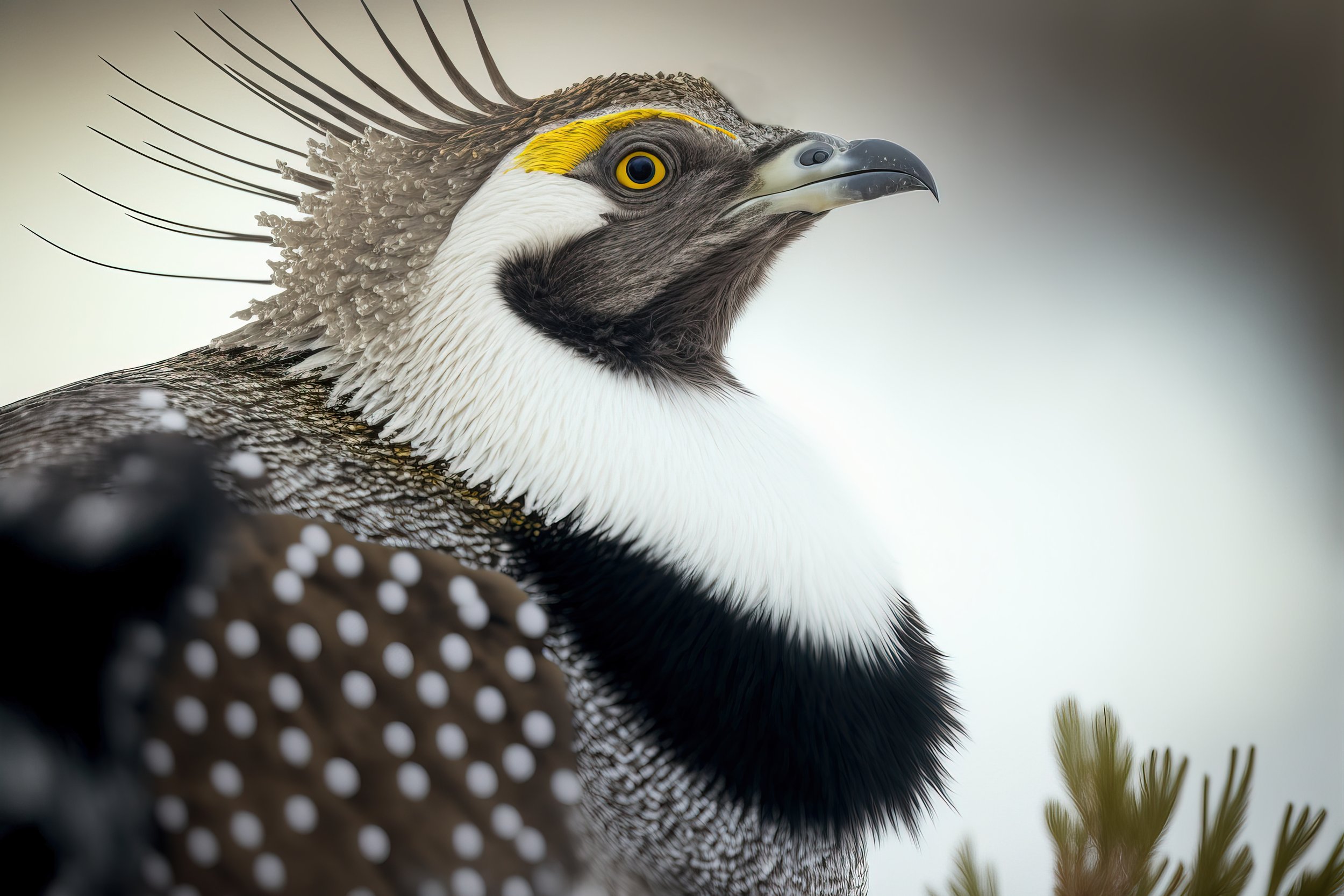Our Story
Governor Victor Atiyeh at the Deschutes River purchase celebration 1984
Oregon Wildlife Foundation (OWF) has been an important part of preserving the Oregon we all love since 1981. OWF was created by business leaders and members of the Oregon Fish and Wildlife Commission to accept donations for and provide funding support to fish, wildlife, and public access projects throughout our great state.
In 1983, Governor Victor Atiyeh, asked our fledgling organization to lead the purchase of the lower 12 miles of the Deschutes River from the Eastern Oregon Land Company. He challenged the Foundation to find an ‘Oregon solution.’ We did just that; working with groups large and small to rally support and raise the funds needed to preserve, in perpetuity, the lower Deschutes River for the people of Oregon.
Through partnerships with other nonprofits, private industry, and the Oregon Department of Fish and Wildlife (ODFW), we've directed tens of millions of dollars to projects around our state aimed at conserving the fish, wildlife, and natural places that make Oregon so special.
March 4, 2022, representatives from Oregon Wildlife Foundation (OWF) and Oregon Department of Fish and Wildlife (ODFW) met up for a site visit at Seeley Creek, located near Alsea in Benton County, Oregon.
Since those early years, OWF has continued its conservation work by establishing dynamic funding programs to support the many ways and people interested in creating a sustainable future for all species.
We have broadened our programming, grown in size, and led large-scale initiatives that protect habitat, species, and people, too.
As a leader in wildlife conservation, OWF continues to grow our programming and funding opportunities with the needs of wildlife and our wild places in mind. As a passionate group of conservation-minded individuals, our staff, Board of Directors, project leaders, and community partners provide guidance and insight into the ways we expand, from fiscal sponsorship to our burgeoning land stewardship program, we continue to change with the natural world to ensure a healthy future for all.
Read our 2024 Annual Report
State Wildlife Action Plan (SWAP) is a blueprint for conservation in Oregon.
State Wildlife Action Plan (SWAP) is an overarching state strategy for conserving fish and wildlife. It provides a shared set of priorities for addressing Oregon’s conservation needs. State Wildlife Action Plan (SWAP) brings together the best available scientific information and presents a menu of recommended voluntary actions and tools for all Oregonians to define their own conservation role.
The goals of the State Wildlife Action Plan (SWAP) are to maintain healthy fish and wildlife populations by maintaining and restoring functioning habitats, preventing declines of at-risk species, and reversing declines in these resources where possible.
Strategy Components
Key Conservation Issues are landscape-scale threats that impact species and habitats throughout the entire state.
Ecoregions are delineated areas of the state with similar climate and vegetation. General characteristics, limiting factors, and recommended conservation actions are described for each of the nine ecoregions in Oregon.
Conservation Opportunity Areas help focus conservation efforts and financial investments in specific areas to increase the likelihood of long-term success over larger landscapes.
Strategy Habitats are native habitats of conservation concern that are essential to many Strategy Species within the state. A conservation overview, and list of limiting factors, recommended conservation actions, and available resources, is provided for each of the 11 Strategy Habitats.
Strategy Species are species of greatest conservation need that include wildlife, fish, invertebrates, plants, and algae. Information about special needs, limiting factors, data gaps, conservation actions, and available resources is provided for each of the 294 Strategy Species.
Monitoring includes strategies and guidance, citizen science, and data management on Strategy Species and Strategy Habitats statewide.
Conservation Toolbox describes recommendations for conservation in urban areas, education and outreach, information about Oregon’s planning and regulatory framework, and a list of voluntary conservation programs.
OWF Supports Implementation of the State Wildlife Action Plan (SWAP)



